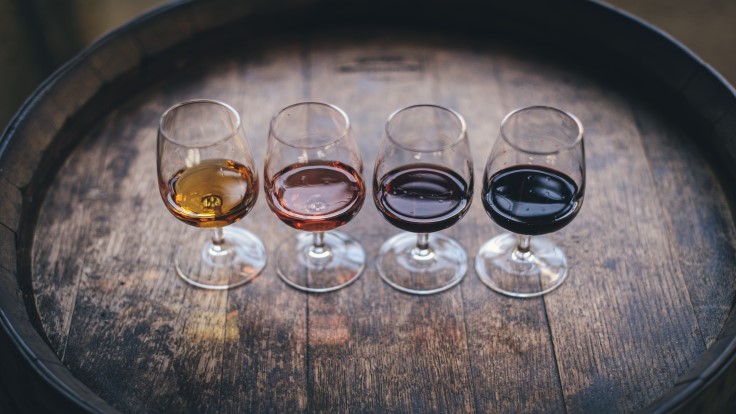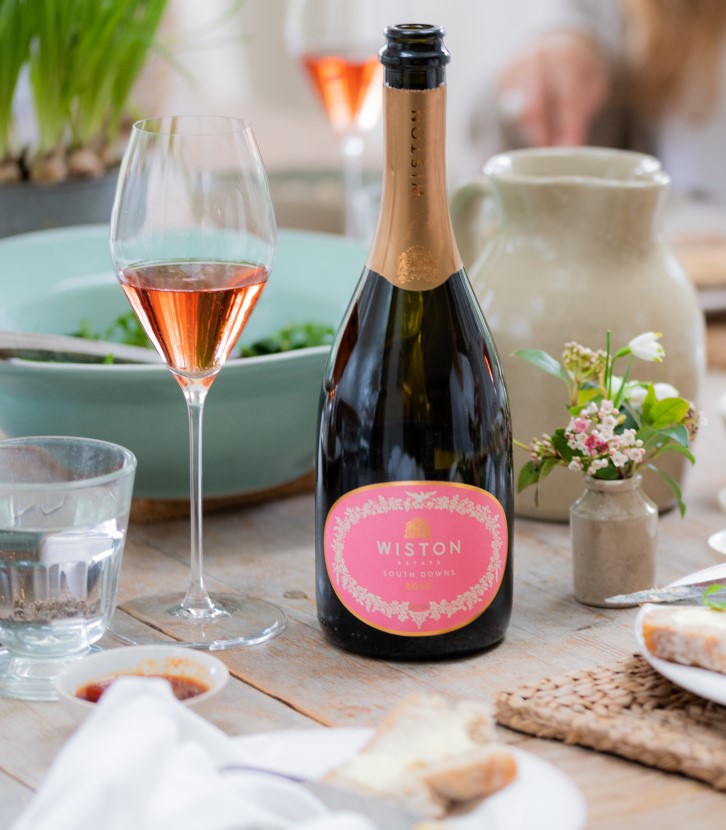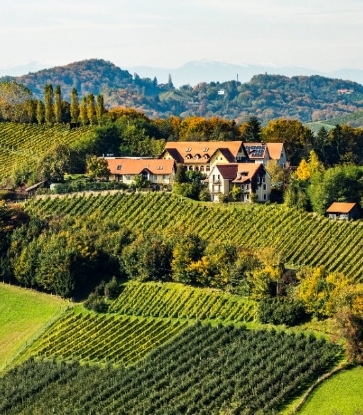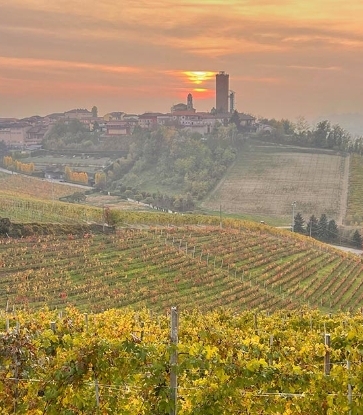Let’s be honest, wine has probably featured quite heavily in all our lives over the last few months – and any discussion on the subject has no doubt centred more on what time we’ve been opening the bottles rather than any in-depth analysis of their contents. But for many, picking up a wine list in a restaurant since the easing of lockdown has proved as thrilling as being given a food menu once again. So, what makes a great wine list and great wine service?
Whatever the head wine honcho calls him or herself – sommelier, wine waiter, Susan – and whether they have a tastevin around their neck or a scarf, their knowledge and ability, passion and empathy can enhance any dining experience. But before they start dealing with customers, they need to take responsibility for the contents of their wine list, which should hopefully show that as much attention has gone into the wines at the bottom end as at the top.

A good wine list is clearly presented (growers’ names in Burgundy, for example, are imperative), easily navigable and the vintages listed are what you get (hoping the customer won’t notice their chosen bottle is a different vintage from the one advertised is not the way to go – the difference between a 2010 and 2011 red Bordeaux could be very significant). Offering a good number of mature wines shows some real effort as well as a varied range of formats, regions, producers and varietals. Championing lesser-known regions that often represent good value, maybe such as Beaujolais, the lesser-known parts of Bordeaux or countries like Hungary, Greece or Croatia, is also worthy. But size certainly isn’t everything – anyone with a big enough budget can put together an impressively large wine list and there’s nothing more boring than seeing a wine list that’s very similar to others in the neighbourhood. The real skill is creating a great concise one that draws you in, one with balance and depth; just take a look at the lists of two London restaurants – Portland and Quality Chop House. They are short but perfectly formed and there’s personality shining through in their selections.
Food and wine matching is obviously fundamental to the role: being able to explain why particular wines match certain dishes and how they elevate the combination. An intimate knowledge of the make-up of each and every dish is vital, as is a flexible approach such as acknowledging that the weight of the wine can be more important than the colour. A wine match needn’t be pricey either; one of the most impressive suggestions a few months back was a Muscadet from Bonnet-Huteau to go with some supremely fresh Mersea oysters.

Engaging with customers is essential. A simple question or two can reveal, not unlike an opening bid in Bridge, plenty of information about the diner; their likes and preferences and how open they are to advice and to trying something unfamiliar. Adapting to the knowledge of the diner garners respect and trust on both sides. Intelligent suggestions always go down well with any wine lover; if they express a love of ethereal Pinot Noir, perhaps the recommendation of a top-flight Nebbiolo (maybe an offering from Bruno Giacosa or Mascarello); if they have a penchant for Pinot Blanc from Alsace, maybe a lesser seen Weissburgunder from Germany will intrigue them.
It would be naïve not to realise that the person in charge of the wine is also a salesperson but that shouldn’t translate into the ‘heavy sell’ – nothing generates goodwill quite as much as occasionally selling down rather than up. When I was recommended a less expensive and nicely mature 2012 Ladoix rouge by the glass (think gamey forest floor aromas) rather than a 2017 Bourgogne rouge, I was impressed all round and it showed the best choice isn’t necessarily the most expensive. To see a good range of single grower Champagnes from, say, Béreche or Chartogne-Taillet, rather than a selection from the more widely seen Champagne houses shows a degree of effort. Take a look at the terrific list at Rex Whistler at Tate Britain; here, many mature wines are sold below current retail prices.

With modern preservation systems we now see a far greater range of wines by the glass. It’s always terrific to see ones with character and depth, maybe a Mâcon blanc from Guffens-Heynen or Verget, a lesser wine from a top producer (always a good bet) such as a Langhe Nebbiolo from GD Vajra or perhaps Coudoulet de Beaucastel, a Côtes du Rhône that always shoots above its weight.
There’s a plethora of lesser-celebrated varietals that deserve a spot on any stage – the likes of Furmint, Godello, Assyrtiko, Mencía and Aglianico. Aperitifs shouldn’t be forgotten either – to see fortified wines on a list such as a Sercial from Barbeito or Hidalgo Pastrana Manzanilla Pasada can get things off to a great start. Wines by the glass being presented and poured at the table (we all like seeing the label and the bottle) rather than being done in a shadowy corner of the restaurant is also a reassuring touch.
The best sommeliers these days have travelled widely, tasted extensively and perhaps worked a few vintages; there’s nothing like the experience of picking grapes in Burgundy or Bordeaux, treading grapes in a lagar in the Douro Valley or tasting in a damp, cold cellar with a revered wine maker to broaden the mind and the palate.
At the top end, it’s also about knowing which wines to decant and which to leave well alone – and that includes white wine. I would expect a top-flight white such as a Puligny-Montrachet 1er Cru from Domaine Leflaive to be decanted but also to not be over-chilled, a trait seen far too often. Over-enthusiastic pouring never helps as it doesn’t allow the wine to develop in the glass – and an overfilled glass will never show the wine at its best.

Flexibility is key and an open and curious mind to the expansive and ever-changing world of wine is vital. Over the past few years, customer tastes have broadened considerably and they’re now better informed, more knowledgeable and more adventurous. The debate about natural wines is always going to rage – but whatever one’s view, a truly skilled natural wine maker can still excite and it has made many wine lists more interesting and varied.
The old adage ‘there are no great wines, only great bottles’ may still hold sway but great wine service can benefit the restaurant, the chef and, most importantly, the customer. As Hemingway said “wine offers a greater range for enjoyment and appreciation than, possibly, any other purely sensory thing which may be purchased”.


















